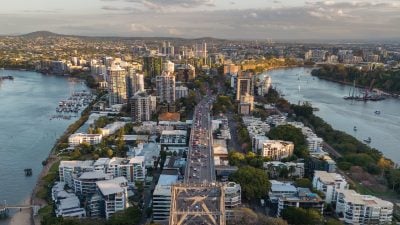Home / UK & Europe / Explore Lisbon on a Portugal V…
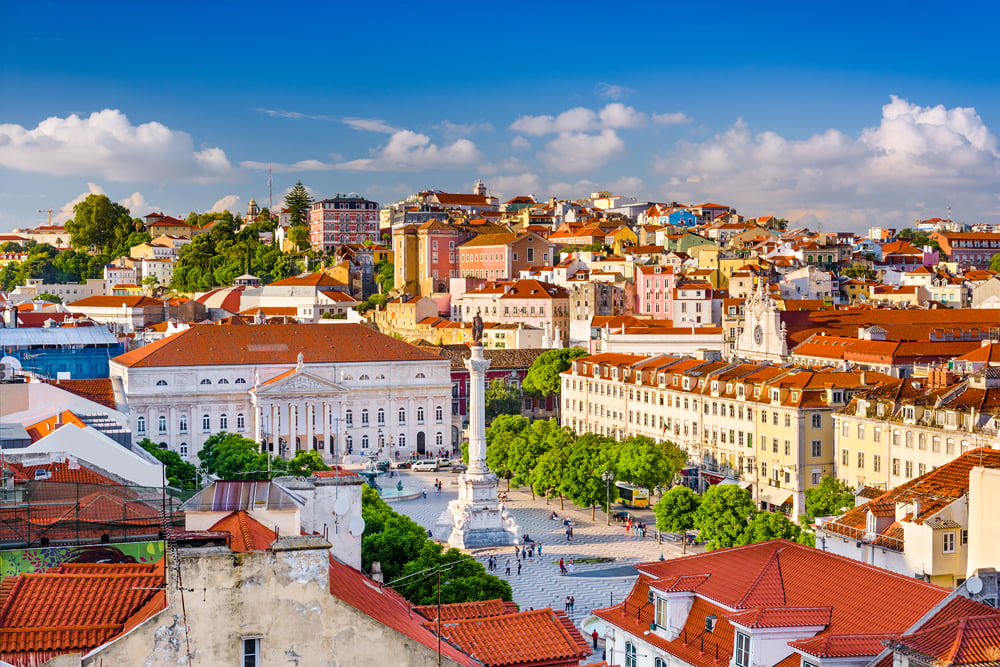
Explore Lisbon on a Portugal Vacation – One of Europe’s Most Underrated Capitals
If you haven’t been to Lisbon before, I guarantee you will find this city will far exceed expectations, on your Portugal vacation.
When you are compiling your bucket list of major European capital cities to visit, Lisbon should definitely be on it!
Let’s start with a minor cautionary note. Lisbon was built on seven hills which make it a very attractive and scenic city, but this means that one often has to climb up reasonably steep streets if exploring on foot. However, this can be overcome as there is an excellent transportation system which, in many cases, can alleviate the climbing. There is an efficient metro (subway) system and good bus and streetcar services. I believe central Lisbon should, if possible, be explored on foot on a Portugal vacation, as there is so much to see almost on every street and around each corner.
The Alfama District
In San Francisco, you have cable cars. In London, you have red double-decker buses. Well, the equivalent in Lisbon is the streetcar, or tram, as it is known here. These trams have routes up and through many of the hilly scenic parts of the city. One tram is renowned. Tram 28 travels to the best place to start your visit – the colourful and picturesque Alfama district. This is a maze of charming, narrow, cobblestone streets and alleyways which are full of quaint buildings, shops, cafes, restaurants, and traditional Fado clubs. This historic neighbourhood dates back to the time of the Moors. Start at the bottom of the hill by the River Tagus and just take your chances as to which direction to head in, as you will eventually reach the pièce-de-résistance of Alfama, St. George’s Castle (Castelo de Sao Jorge), which is perched on top of the highest hill in Alfama. The castle is surrounded by high walls and there is an entrance fee to go inside. However, you will really appreciate the views of the red-tiled rooftops of Lisbon below from here. You will come across cannons, underground chambers, towers, and ramparts which you can walk along. Watch out for the numerous splendid peacocks who roam around quite freely. There is also a small museum, a café, and a restaurant. In Alfama, you may well stumble across a few other viewpoints affording wonderful panoramic views of the city.
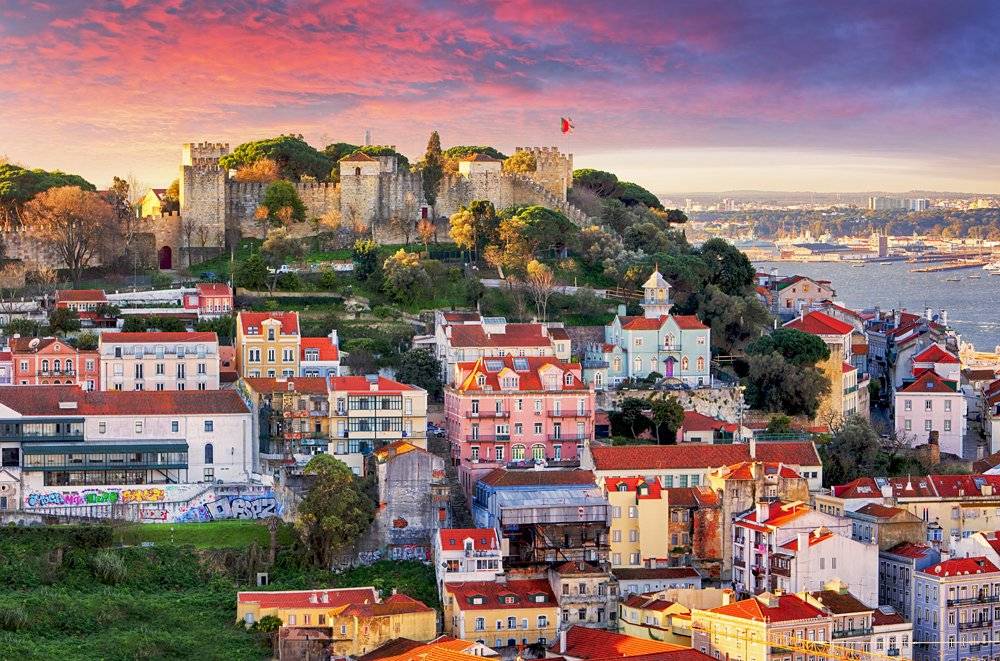
The Baixa District
The lively Baixa district is the heart of the city and is sandwiched between two of Lisbon’s hilly neighbourhoods. It is where you will find many hotels, restaurants, cafes, and shops. There is one pedestrian street which offers all of these. Lisbon seems to have a number of open-air squares which are all attractive and the centre of activity. If I have a favourite, it is the Praca do Comercio (Commerce Square). This huge expanse of land stretches from the river to the foot of Alfama. Dotted around the perimeter are numerous outdoor cafes, and in the middle is the imposing statue of King Jose I astride his horse. Most of the sides of the square are taken up with private or public buildings as well as a couple of small museums. There is a traditional restaurant and cafe (Martinho da Acarda) which, if visited, will take you back to a bygone era with its white apron-wearing waiters. Rossio Square is, for all intents and purposes, the hub of the city. I am reminded of Trafalgar Square in London, as it is a general meeting place for both locals and visitors on Europe vacations. There is a large statue in the middle of Pedro IV, King of Portugal.
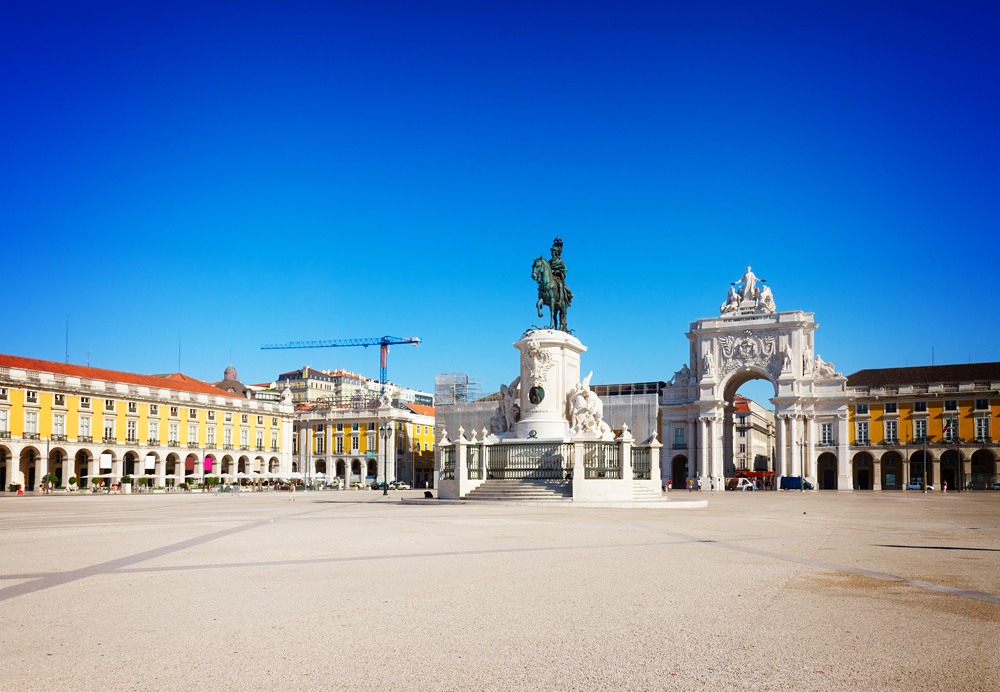
Chiado and Bairro Alto Districts
Let’s go climbing again. However, the alternative is to take a unique means of transportation up to these adjacent important districts. The Santa Justa Elevator is the work of a student of the creator of the Eiffel Tower. This hundred-year-old elevator not only takes you up to the top of the first hill but also has a viewing platform with more amazing views of Lisbon. You are now in the trendy and fashionable Chiado district, Lisbon’s upscale shopping and restaurant area. Most of the buildings date back to the 1700s, although some have been restored after a major fire in 1998. There is a bookstore which claims to be the oldest bookshop in the world called Bertrands. It is worth a look-see. Search out the Cafe a Brasileira on your Portugal vacation, a very traditional cafe dating back to the 1800s, when artists and intellectuals would gather here. Climbing a little higher brings you to the Bairro Alto district, which is not unlike Alfama, except the cobblestone streets seem to follow something of a pattern this time. It is the centre of much of Lisbon’s nightlife, with small bars, pubs, restaurants, Fado clubs, and locals having a good time.
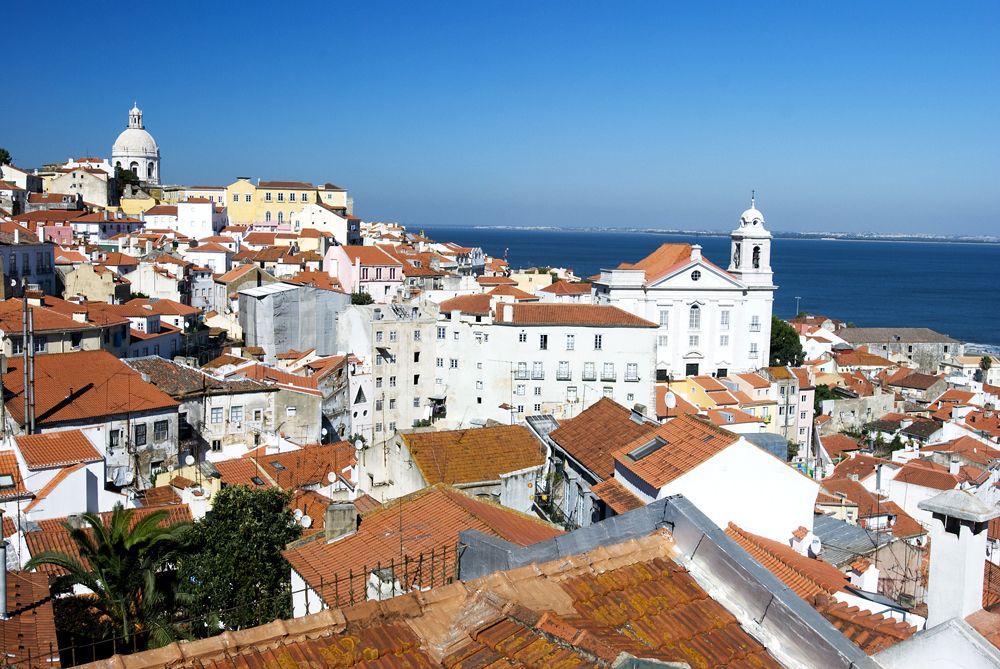
Should you find the line-up for the popular Santa Justa Elevator too long, you can take a funicular called Elevador de Gloria up or down. The funicular travels between Restauradores Square (Praca Restauradores) in Baixa and the Jardim de Sao Pedro de Alcantara viewpoint in Bairro Alto. It has been in operation since the 1890s and is slow, but a lot of fun.

Avenida da Liberdade (Liberty Avenue)
Avenida da Liberdade is Lisbon’s Champs Elysees. It is the city’s main boulevard and starts at the top end of the Baixa district. It is where modern Lisbon begins and is divided by a pedestrian median with trees, flowers, and cafes. On the sides of the avenue are designer shops such as Christian Dior, Chanel, Versace, expensive restaurants, and upscale residential premises. The Avenida da Liberdade has a close association with the wealthy, helping make it, supposedly, the 35th most expensive street in the world. At the top end is the very pleasant Edward VII Park.
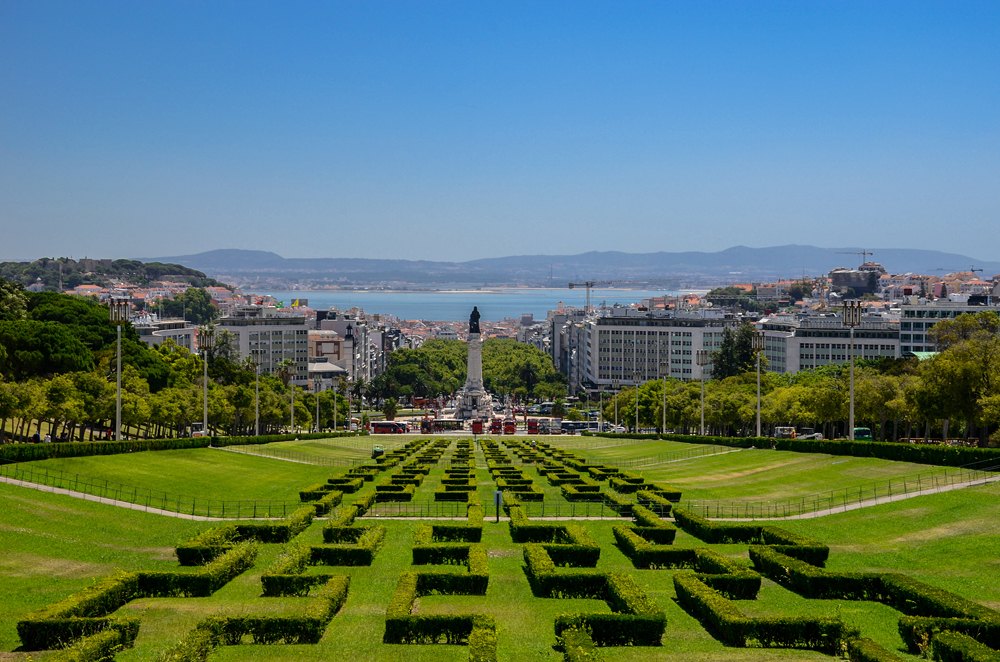
Lisbon Cathedral
Better known as Se de Lisboa, this is the oldest and most important church in the city, with its original construction date being in the 12th century. It has survived several natural disasters such as the Great Lisbon Earthquake of 1755 which left part of it in ruins. Throughout the centuries, Lisbon Cathedral has been renovated and rebuilt. Inside the cloister, which is worth visiting, you can view Roman, Arabic, and Medieval remains which have all been excavated. The Treasury is made up of four halls and has exhibits of suits, jewellery, and relics from various past periods.

Three Recommended Lisbon Museums
Everywhere you go on a Portugal vacation, you will see the use of colourful, ceramic tiles used to enhance the decoration of buildings. Therefore, it is only natural that there would be a tile museum. The Portuguese word for tiles is azulejos. A visit to the National Tile Museum is where you will find tiles of all colours and sizes, some of which date back to the 15th century. Some are simple, with individual tiles decorated with flowers or sailboats, while others are pieced together to create large murals chronicling people or historical stories.
The Gulbenkian Museum is my favourite museum in Lisbon. It is regarded as one of the best museums in Portugal, possibly because it has an outstanding and eclectic collection of art and artifacts all under one roof. It is also a journey through the ages, artistically, with displays from Ancient Egypt to the present day. Interestingly, it is laid out chronologically so that you do not get lost. However, I should add, it is not overwhelming, and the average time spent inside could be 1 to 1.5 hours. Calouste Gulbenkian was a former oil tycoon and distinguished art collector who amassed 6,000 works of art in his lifetime and who donated his total collection to this museum. Where else can you enjoy such a diverse range of items which include ancient Greek antiquity, Islamic art, Chinese and Japanese art and artifacts, and priceless paintings from the Impressionist and post-Impressionist periods. After you have finished your visit, do take a turn around the beautiful and serene gardens which surround the museum.
What could be more Portuguese than Fado music? Fado comprises a mournful sounding singer accompanied by a classical Portuguese guitarist and can be loosely translated as nostalgia and longing which, I think, describes the music perfectly. The Fado Museum, located in Alfama where Fado originated, traces the history of this music through art and displays which include film, sheet music, posters, recordings, photographs, and musical instruments. There is also an auditorium where Fado singers sometimes perform. Here is a tip if you are contemplating an evening at a typical, good quality Fado club on your Portugal vacation. The clubs are small and it is necessary to reserve as far in advance as possible to avoid disappointment. Usually, you have dinner followed by a show, but it is possible to go late and just enjoy the show.

Just Outside Lisbon are Some Must-See Places
Let’s start with the nearby suburb of Belem, located on the waterfront which can be conveniently reached by tram or by train. This historic neighbourhood is home to some of Lisbon’s most important monuments and museums and you can easily spend a whole day here on a Portugal vacation. It was the departure point from which many explorers such as Vasco da Gama, Magellan, and Columbus sailed to discover the “New World.” The most important building is the Jeronimos Monastery, a very imposing and large edifice and a UNESCO World Heritage site built in the 17th century. It has been a significant part of Portuguese history for the past 5 centuries as it was the burial place of royals and where you can find the tomb of the famous explorer, Vasco da Gama. The monastery has a large cloister with a number of reliefs taken from European, Islamic, and Eastern traditions.
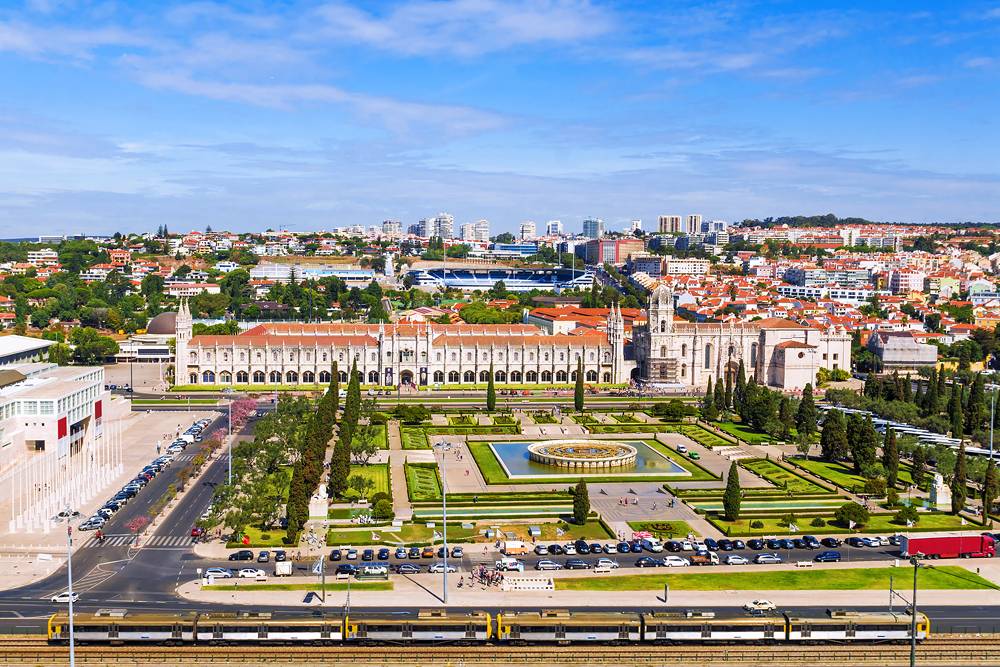
Other important buildings are the Belem Tower and the Discoveries Monument, directly on the waterfront, which both depict and represent the history of Portugal’s Age of Discovery. There is also the National Coach Museum which houses one of the finest collections of historical carriages in the world, the Berardo Collection Museum, a museum of modern and contemporary art, and the Navy Museum, dedicated to all aspects of the history of navigation in Portugal. At this juncture, you might be ready for one of those delicious, mouth-watering Portuguese tarts. If so, do take a break and head to the Pasteis de Belem, a very popular and busy café in Belem which produces 20,000 of these tarts daily. You can sit down and devour some together with a drink or you can join the line-up at the take out counter.
Located about 32 kilometres/20 miles north-west of Lisbon, Sintra is a small city situated on a series of rolling hills loaded with attractions. Apart from its cobblestone streets and fairytale-like villas, you can enjoy a visit to the Pena National Palace, built in the 19th Century Romanticism style of architecture. You can visit both the interior and the grounds of the palace, located on the second highest hill in Sintra surrounded by lush parklands. Then there is the National Palace of Sintra, with its azulejos-adorned interior, and the Monserrate Palace, one of the most visually striking mansions in the city, also surrounded by gardens. It is no wonder the whole of Sintra has been declared a UNESCO World Heritage site.
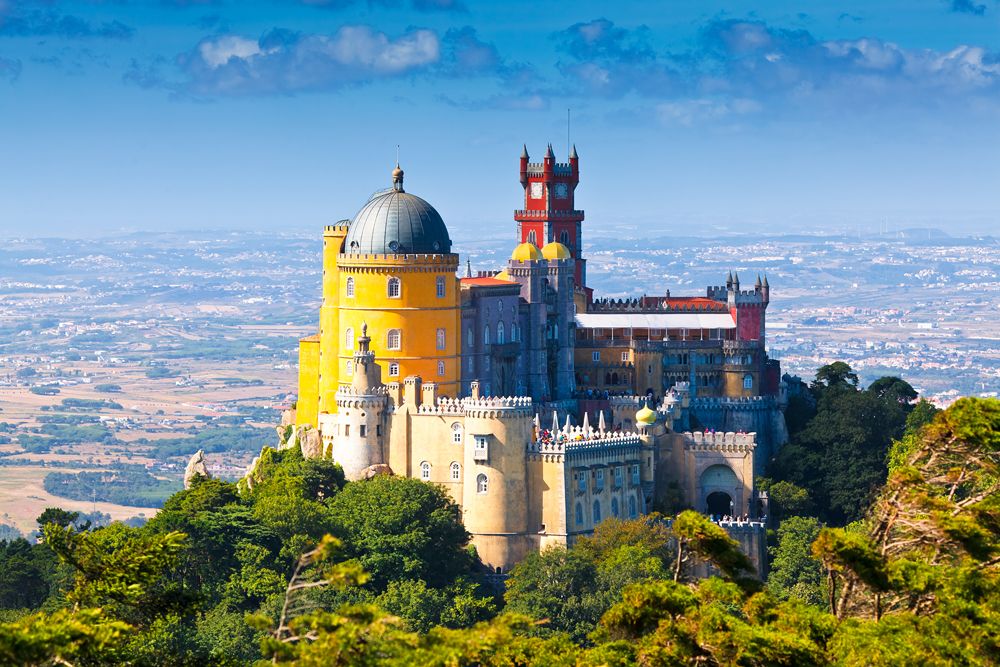
Finally, if time allows on your Portugal vacation, take the local train to the attractive resort of Cascais, a short 40-minute train ride away. This seaside town was a popular resting place for the rich and famous and royalty in the 1900s. Today, it is a beach resort and a good place to stay after a visit to Lisbon. You can stroll around the colourful, cobblestone-lined old town, visit one of the area’s many forts that helped to prevent pirate attacks, or just enjoy one of the many beaches.
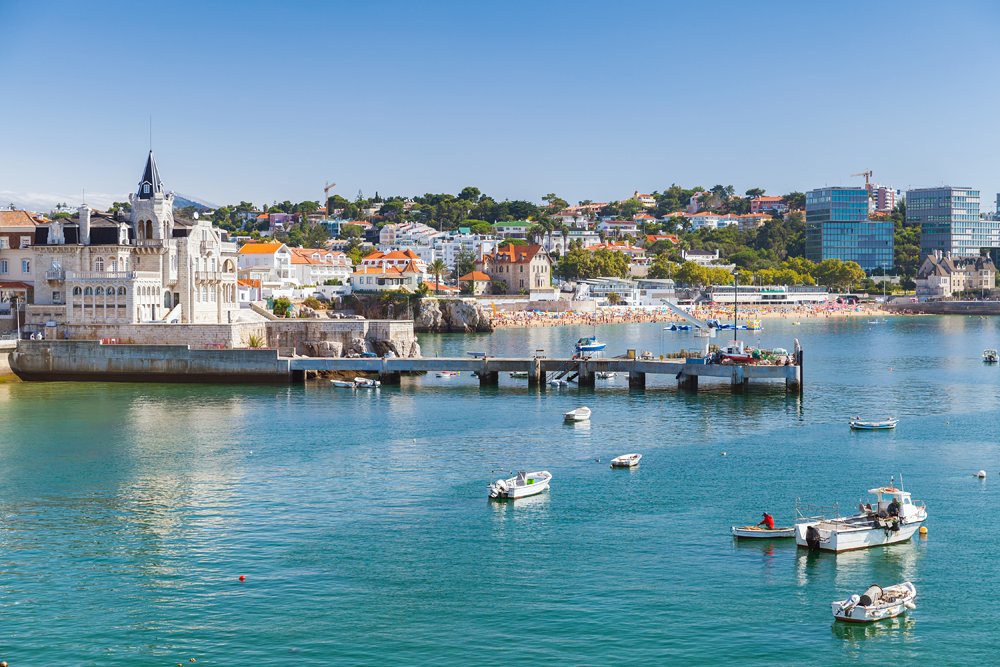
The Lisbon Card
I recommend purchasing a Lisbon Card during your stay. It covers unlimited transportation in the city including the Metro, buses, and trams as well as the trains to Cascais and Sintra, free passes to 28 museums, monuments, and other places of interest. It also covers the cost of rides on the various elevators around Lisbon. The card is available for 24, 48, and 72 hour durations.
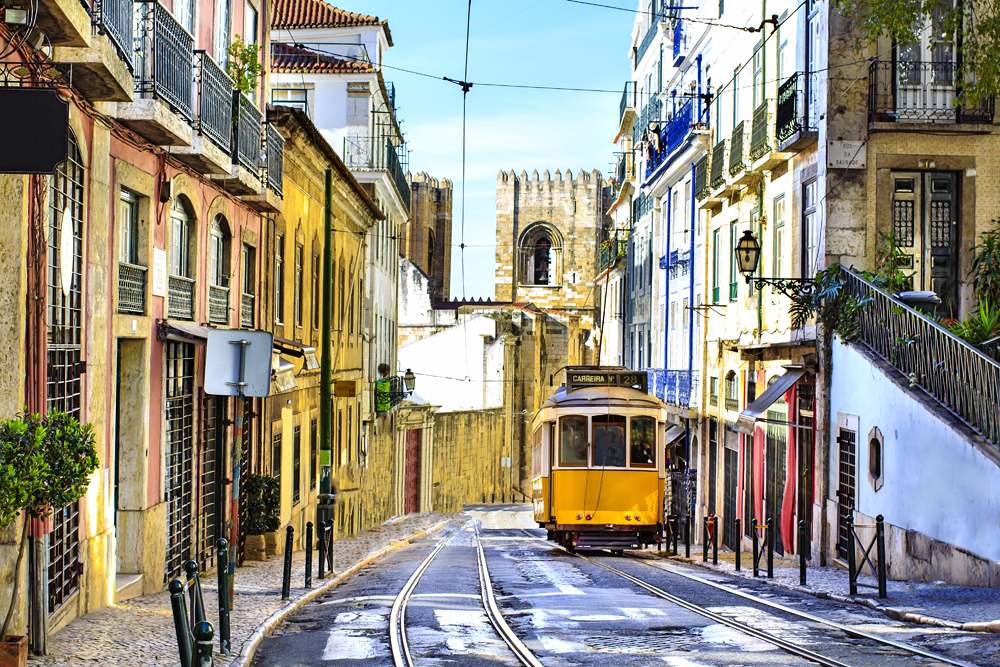
So, by now, you should be getting the impression that Lisbon is a special city not to be missed. I highly recommend a Portugal vacation that includes Lisbon.
Related Article:
Portugal vs Spain: Which Country is Right for Your Western Europe Trip?
Get more travel inspiration by email.
Subscribe
0 Comments

Get the latest travel trends & hear about the best deals on vacations around the world.
If you’re a Globetrotter, these are the newsletters for you!

